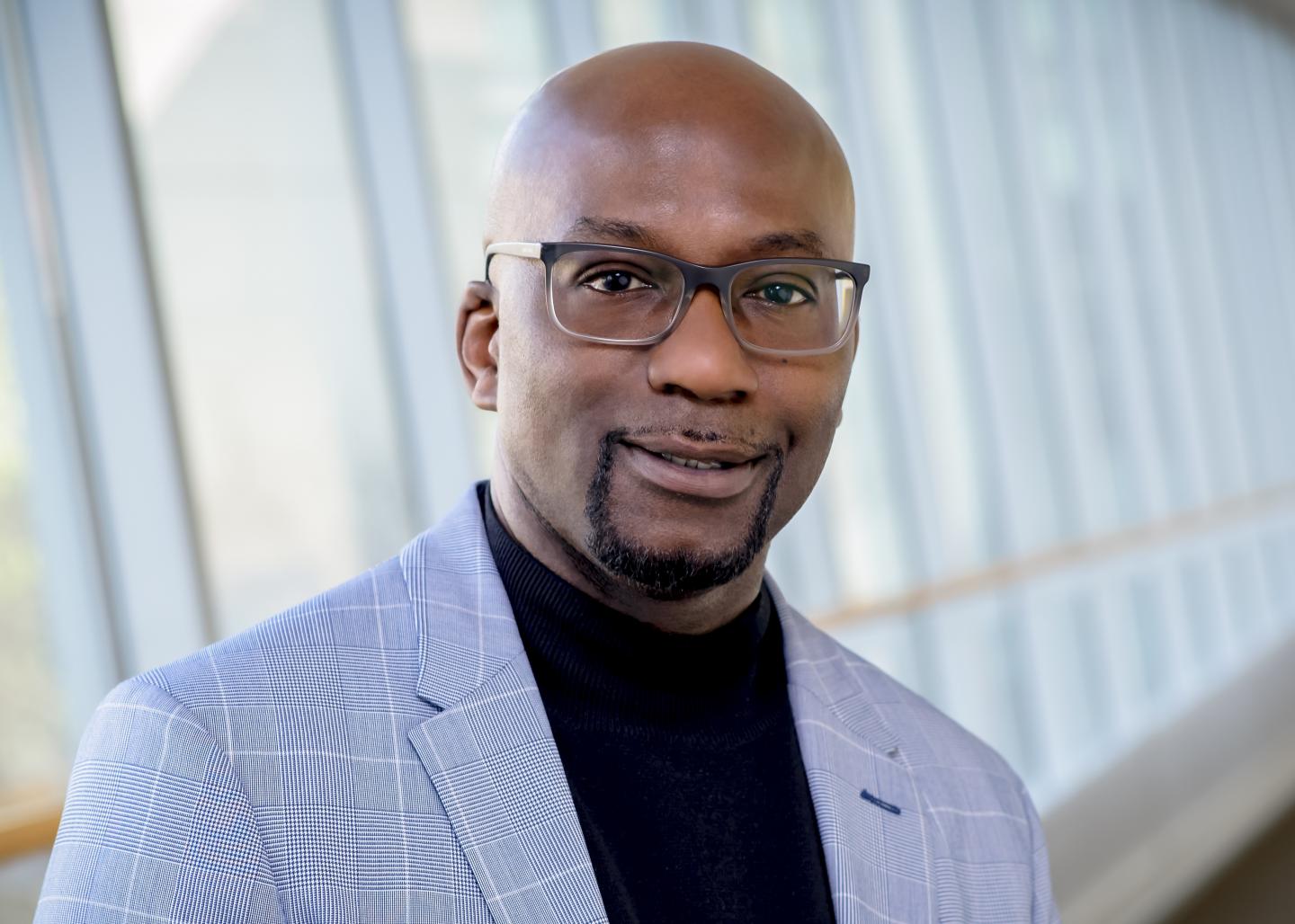Looking at a sample of ‘ethnically diverse’ cell lines, a City of Hope researcher found that most were of European ancestry, and a prostate cancer cell line was mislabeled as African-American when it was of European origin

Credit: City of Hope
DUARTE, Calif. — As the biomedical field races to develop therapies based on an individual’s genetic makeup, a City of Hope scientist and his colleagues found that some commercial cell lines used for countless laboratory studies have mislabeled ancestry when it comes to minorities.
So, it will take longer for underrepresented populations to reap the benefits of “precision medicine,” an emerging approach to disease prevention and treatment that takes an individual’s genes, environment and lifestyle into account.
“A lack of diversity is prevalent in every level of biomedicine – from the patient population in clinical trials to the donated samples for scientific investigation,” said Rick A. Kittles, Ph.D., director of the Division of Health Equities at City of Hope and senior author of the new study. “How can we expect to narrow the health equity canyon when our basic scientific resources – cell lines for laboratory study – is predominately from people of European ancestry? Minorities like myself are not the primary beneficiaries of most scientific innovations.”
The study, published Feb. 20 in the journal Cancer Epidemiology, Biomarkers & Prevention, looked at 15 commercial cell lines used to study prostate, breast and cervical cancers. The cell lines were categorized based on their amount of West African, Native American and European genetic ancestry. All previously classified white cell lines were accurately described with average European ancestry of 97 percent, whereas cell lines classified as African-American were not always accurately described and were of more mixed genetic ancestral background.
Of note, many scientists who investigate prostate cancer health disparities have used a cell line called E006AA-hT, which is characterized as of African-American origin. Yet, Kittles and his colleagues discovered that E006AA-hT is predominately of European ancestry (91 percent) and may actually be a case of kidney cancer, not prostate cancer. That leaves the cell line MDA-PCa-2b as the only commercially available African-American prostate cancer cell line, Kittles said.
“This mislabeling may elicit memories of a time in the United States when African-Americans were identified as black if they had any noticeable amount of African-American ancestry in their skin color,” Kittles said.
Researchers also scoured the American Type Culture Collection (ATCC) website for cell lines derived from normal and malignant breast tissue. They found that 71 percent of the specimens were classified as white, while 13 percent were designated as African-American. There was only one Hispanic and one East Indian sample.
“Disturbingly, entire demographics are ignored in key mechanistic studies hindered by the restraints monoethnic cellular models afford,” the study stated. “This is problematic as underrepresented racial/ethnic groups, who are more likely to suffer disproportionate disease incidence and mortality, remain also underrepresented in biospecimens available for research.”
Genetic ancestry estimates offer more sophisticated characterization that could lead to improved disease prevention and treatment protocols. As a result, Kittles and his colleagues suggest using a standard set of 105 established ancestry informative markers to validate ancestry in order to make headway in precision medicine for all.
“An important aspect of precision medicine is being able to leverage the genetic background of individuals for disease risk assessment, stratification, prognosis and outcome,” Kittles said. “Here we show that what many investigators thought were classic samples from racially defined individuals wasn’t the case.”
City of Hope and the Translational Genomics Research Institute (TGen) formed an alliance two years ago to bring precision medicine quickly to patients. City of Hope provides a state-of-the-art clinical setting to advance genomic breakthroughs made by TGen, a leader in applying genomic analysis and bioinformatics to cancer drug development.
To make precision medicine precise for people of all ethnicities, diverse biospecimens are required, Kittles said. And these biospecimens should undergo robust characterization so that their genetic ancestry are accurately reflected, he added.
###
Researchers from Baylor College of Medicine, Roseman University of Health Sciences, Biomedical/Biotechnology Research Institute and the University of Illinois Urbana-Champaign also participated in this study, which was funded by National Institutes of Health grants: 1R01MD007105,
1T32CA186895, U01CA167234, U54MD012392 and P20MD000175.
About City of Hope
City of Hope is an independent research and treatment center for cancer, diabetes and other life-threatening diseases. Designated as one of only 49 comprehensive cancer centers, the highest recognition bestowed by the National Cancer Institute, City of Hope is also a founding member of the National Comprehensive Cancer Network, with research and treatment protocols that advance care throughout the world. City of Hope’s main campus is in Duarte, California, just northeast of Los Angeles, with additional locations throughout Southern California. It is ranked as one of “America’s Best Hospitals” in cancer by U.S. News & World Report. Founded in 1913, City of Hope is a pioneer in the fields of bone marrow transplantation, diabetes and numerous breakthrough cancer drugs based on technology developed at the institution. For more information about City of Hope, follow us on Facebook, Twitter, YouTube or Instagram.
Media Contact
Zen Vuong
[email protected]




